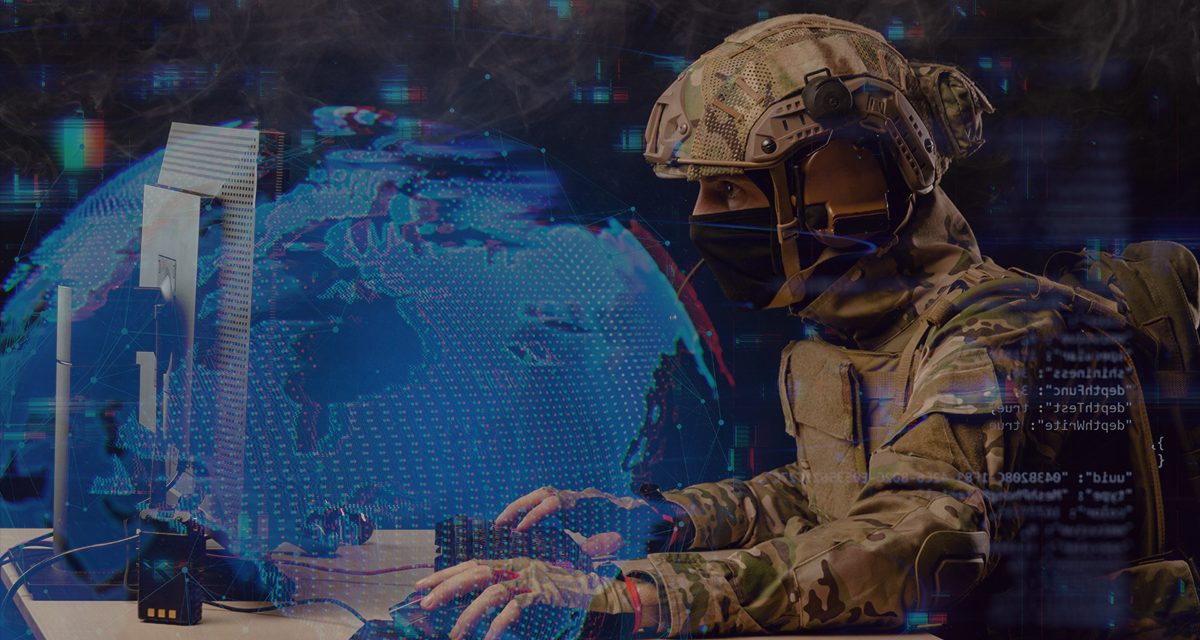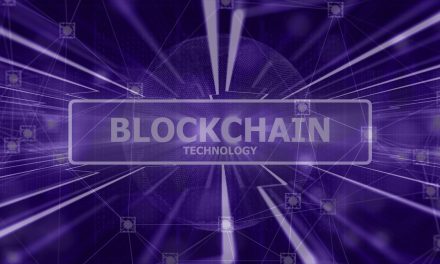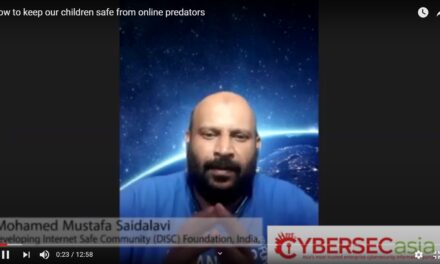Since 2024 is the year with the highest number of political elections worldwide, how has the second quarter cyberattack data fared?
In analyzing its protection ecosystem metrics from the second quarter (Q2) of 2024, one cybersecurity firm has announced some findings.
In Q2, the firm’s data registered a 30% increase (year-on-year based on its own metrics) in cyberattacks worldwide. The three most attacked industries in its protection ecosystem were education/research (3,341 attacks per week), government/military (2,084 attacks per week) and healthcare (1,999 attacks per week).
In the same quarter, customers in Latin America (+53%), Africa (+37%), and Europe (+35%) suffered the largest increases in cyberattacks, compared to the firm’s yearly historical data.
Also, in the area of publicly-extorted ransomware attacks, those in North America accounted for 58% of global incidents. Using data from ransomware “shame sites” operated by double-extortion ransomware groups that publicly disclosed victim data for various biased agendas, the firm nevertheless noted that the manufacturing sector represented 29% of the global published ransomware attacks, marking a 56% year-over-year increase.
Other findings
The firm’s data for Q2 also showed the following trends:
- 30% increase in weekly attacks on corporate networks compared to Q2 2023, and a 25% rise compared to Q1 2024
- 183% rise in attacks targeting the industry called “hardware vendor”, presumably referring to IT-related hardware
- 23% increase in metrics of the Asia Pacific region (APAC)
According to the Check Point Research (CPR), the firm that released its Q2 2024 data analysis, the following measures need to be strengthened:
✓ Security posture: Regularly update and patch systems to close vulnerabilities. Multi-layered security measures, including firewalls and endpoint protection, are essential.
✓ Employee training and awareness: Step up education of employees about the latest cyber threats and phishing tactics, fostering a culture of vigilance.
✓ Advanced threat prevention: Utilize technologies such as sandboxing and anti-ransomware tools to detect and block sophisticated attacks.
✓ Adopt Zero Trust architecture Implement strict identity verification for every person and device attempting to access network resources.
✓ Data management processes and incident response planning: Ensure regular backups of critical data and develop comprehensive incident response plans to quickly address and mitigate the impact of attacks
✓ Network segmentation: Isolate critical systems to limit the spread of attacks and protect sensitive information
✓ Vulnerability management: Conduct regular vulnerability assessments and penetration testing, prioritizing remediation efforts based on potential impact

















